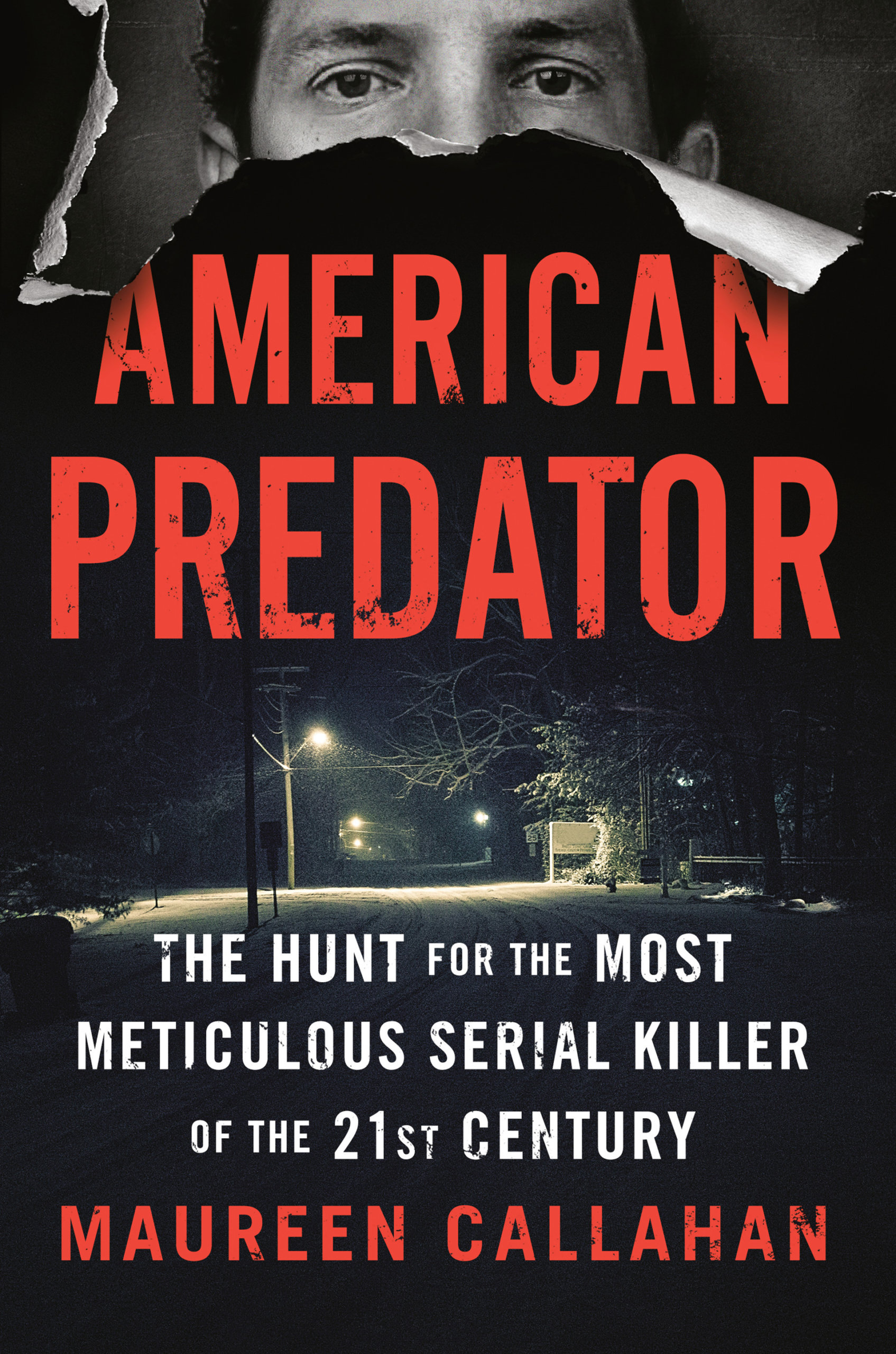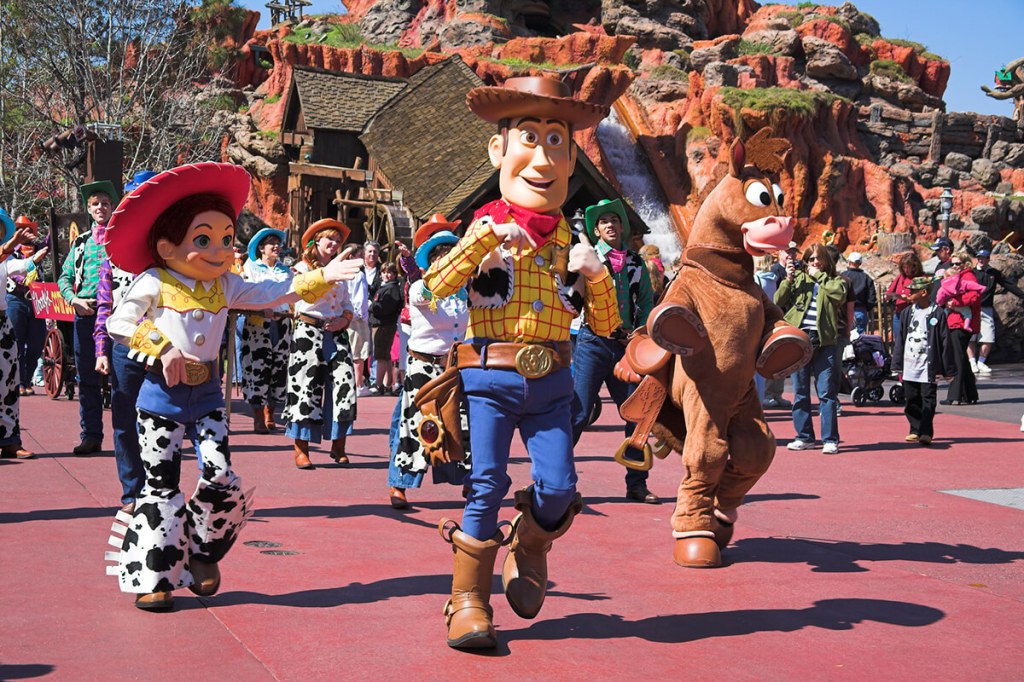Maureen Callahan: ‘American Predator’


At East Hampton Library’s Authors Night on August 10 — filled with the literati and the glitterati, 100 authors from the famous to the infamous, and one of the season’s most popular events — Maureen Callahan’s new book sold out within the first hour.
“He was unraveling, spinning out of control,” Callahan said this week, over coffee at her home in East Hampton. “He was so smart, he could have . . .” she trailed off. “All the agents I spoke to said he probably wanted to get caught, to get his name added to the list of famous monsters.”
She is talking about Israel Keyes — the subject of her bestseller, “American Predator: The Hunt for the Most Meticulous Serial Killer of the 21st Century,” published by Viking — who carelessly, or maybe on purpose, used an ATM card in Arizona belonging to the boyfriend of an Alaskan victim.
Warning: There be spoilers ahead. And they are not pleasant.
Keyes is still not as famous as Ted Bundy (whom he idolized) but his story is just as chilling, if not more so. Keyes crisscrossed the lower 48, Canada, and Alaska for well over a decade, hiding dozens of “kill kits” in different states “sometimes years in advance,” Callahan said; at times flying and/or driving thousands of miles in a single day; abducting, torturing, raping, and murdering both women and men (sometimes having intercourse with their corpses); then carefully disposing of the bodies.
No one knows how many people he killed. In his interviews with federal officers, Keyes knew he held the cards. He admitted to “less than 12,” which, to the FBI, meant 11, but Callahan believes the number of victims could be much greater.
And Keyes had an advantage over almost everyone in the Western world: an invisible footprint.
“He had no birth records, no social security number. He was born at home, home schooled, his family lived way off the grid, I mean race war preparation, white supremacist, survivalist upbringing,” she said. “He didn’t exist on paper. I say in the book, he was an analog killer in a digital age.”
And so, the hunt in the book’s subtitle was as much Callahan’s search for information about Keyes as the FBI’s actual hunt for the killer.
“He was trained as a super soldier” in the military — another mystery to Callahan because, “How was he accepted into the military with no records? I mean, even before 9/11, you needed paperwork to sign up.” One thing’s for sure, while in the Armed Forces, “everyone who knew him there was terrified of him,” she said. “I mean, he freaked the f–k out of everybody.”
Not only that, but Keyes traveled to Tijuana, possibly to “biohack” himself. “One record said just ‘lap-band fill,’” said Callahan, who believes that Keyes, who was very physically fit, may have had the gastric band put in place simply so he could hunt for people without needing to eat. “There’s also maybe a nose job, other things, but it was all to make himself a better killing machine,” she said.
It was a tiny news story about Keyes in 2012 that hooked Callahan, a journalist, author, and true crime aficionado. “I read a very small article in early December of 2012, basically asking if this was the most unprecedented serial killer in modern American history,” she said. The article, she acknowledged, blew her mind.
“He had a modus operandi and a victimology that when the FBI’s top criminal minds were called in to interrogate, they said, ‘We don’t know what to tell you; we’ve never seen one like this before.’ Also, at that point, the FBI and the federal government had him in custody for nine months and had kept his very existence a secret from the American public, even though he had been kidnapping and killing people all over the United States for at least 14 years. Why? And I thought, ‘There are multiple threads to pull on here. There’s so much that they’re not saying, and I want to know everything.’”
Callahan had read “Mindhunter,” “Fatal Vision” and “The Stranger Beside Me,” what she refers to as “the modern classics” on true crime. But it was still a far cry from her day job as a writer and editor at the New York Post, specializing in pop culture, subculture, and fashion, to set out on this journey.
First, she wrote an article about Keyes for the Post, but then set to sinking her teeth deeper into the subject. “I started talking to the experts — the special agents and prosecutors all over the country.” She went to Alaska. She traveled the country. She talked to people who had known Keyes personally. There was a book in it all.
But there’s still so much that’s a mystery.
Like his childhood friendship with the Kehoe brothers, Chevie and Cheyne. Chevie Kehoe is currently scheduled to be executed in December of this year, a white supremacist and a convicted murderer who kidnapped, tortured, and killed the Mueller family in Arkansas. And Kehoe is said to have had a relationship with Timothy McVeigh, the Oklahoma City bomber. So, one degree of separation between Keyes and McVeigh. Is that why, Callahan wonders, Keyes’s FBI status was changed from “murderer” to “terrorist”?
“Keyes knew how to make bombs. He said he had 9000 rounds of Black Talon bullets — the ‘cop killer’ bullets that are illegal — buried on his property in upstate New York,” Callahan said.
Also, there is still a mystery surrounding Keyes’s suicide in prison, one that is being eerily mirrored by the recent death of Jeffrey Epstein. “He was a suicide risk, but no one was watching him,” Callahan said. “And he was given a razor?”
Callahan alluded that she may have new information, but isn’t ready to share it with the public yet. And, of course, there are documentary and scripted versions being explored by film and TV companies.
However nightmarish the story of Keyes may seem, “cracking the last part of the book” at her home in the Hamptons, and then being such a success at Authors Night, were a dream come true for Callahan.
“I was thrilled to be a part of it,” she said. “I’ve known about Authors Night forever, so to get invited was such a special, fun capper to finishing the book,” she said, adding, “To be able to walk around and meet all the other authors — I mean, Robert Caro, just a legend. It had such a great vibe to it. And to get to talk to people who are interested in books?” She shook her head in wonder. “It’s a night to celebrate books. That is just the most amazing thing,” she said.
bridget@indyeastend.com



